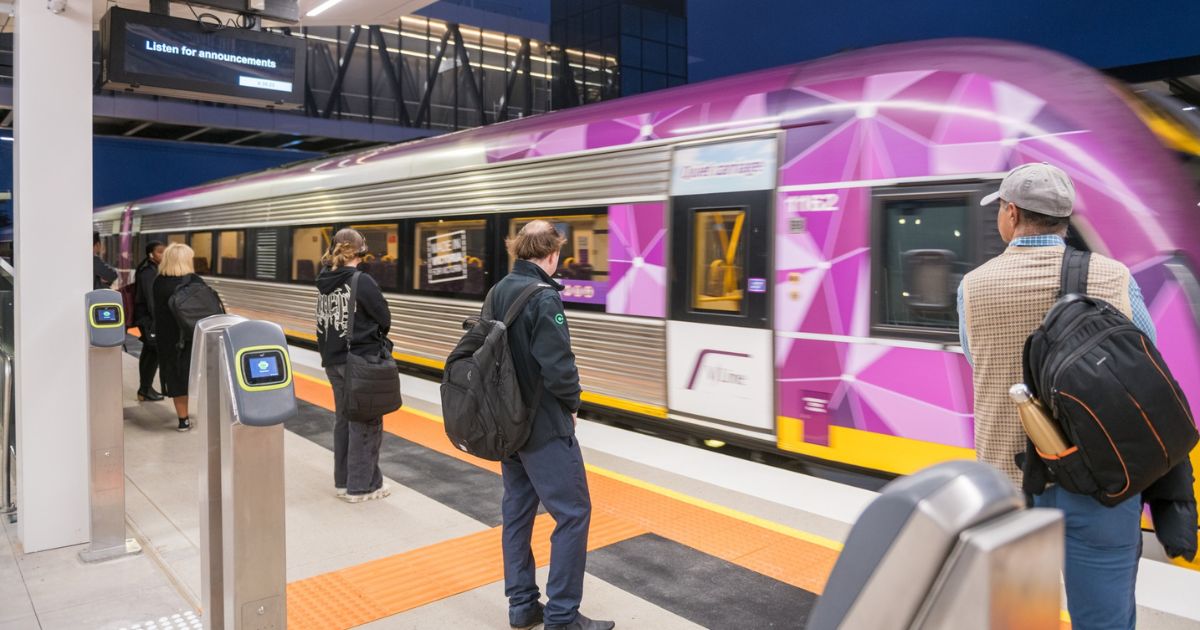The Aussie Homeowner’s Guide To Setting Up A Smart Home

The pleasures and services afforded by a smart home are certainly worth the time spent shopping around and installing.
The beauty of a smart home lies in its convenience. Five remote controls become one app on your phone, and changes can be made at home, from the office, or even while you’re doing your weekly grocery run. That means you won’t ever have to fret over an aircon being left on, or even over returning to a cold house in winter.
But there’s always the question of how much this will cost, and where to start? After all, a smart home can be endlessly improved. First you get smart shutters, then you get outdoor optical fibre cables, then you splurge on a smart toilet.
Want a little more guidance with transforming your home into a smart home? Then be sure to read through this guide for Aussie homeowners looking to technologise their homes.
Why Turn Your Home Into A Smart Home?
It’s true that a smart home allows greater ease-of-use across your house, but its benefits are far more than simple luxury. Automated lighting and temperature control allow your house to shutdown and save electricity while you’re out, smart metres inform your electricity and water usage, and smart security systems reduce insurance bills. There is no one-size-fits-all for smart homes, so you also have the benefit of designing your home to fit your needs.
Things To Consider Before Setting Up A Smart Home
To prevent choice paralysis and unbudgeted surprises, you should do some precursory research and planning before you buy anything. This can be a big ask in itself, so first ask yourself these questions:
- What is my current focus? Security, efficiency, or comfort? All three are achievable and often overlap, but this question narrows down your current purchases.
- Which devices best achieve that goal? Items for consideration may include: smart lights, switches, outlets, temperature controls, locks, doorbells, refrigerators, shutters, washing machines, and camera systems.
- Which brands allow for interconnectivity between these? Alexa, Google Assistant, or Siri support all major brands, but knowing which one you use will aid your decision making.
- Are these devices secure, encrypted, or at risk? Encryption and other dynamic security measures are still being rolled out for many smart devices– including door cams, and pet cams – so this is a question you should ask before each purchase.
Outside of these are many more questions, such as on aesthetics or user experience, but those are often best answered while you’re in-store and ready to buy.
Setting Up Your Home WiFi Network
Smart devices all rely on your network, so it’s the foundation of your smart home– the cornerstone of your connections. For big houses this may require the measuring of your wireless router’s reach, and the length of your needed ethernet cables– and if you’re running wires outdoors, make sure they’re rated for outdoor use. You’ll also want to familiarise yourself with the basics of networking– things like IP address (Your network or device’s unique ID code) and DHCP server (a server that defines and labels your devices’ ID). Once you’re comfortable with the workings of your home wifi, you can begin adding new devices and building your smart home.
Buying For Smart Home
With smart tech being such a rapidly growing and expanding market, new competitors and offerings appear almost everyday. That said, here’s the internet’s current recommendations for smart home items:
- Smart Cameras: ~$130AUD from Reolink or Arlo; Or $60 for a budget camera by Wyze.
- Smart Switches: $120 for 3 Switch Bots.
- Smart Doorbells: $300-400AUD from Amazon, Google, or Eufy; Or $180 AUD from Arlo.
- Sensor & Alarm Systems: SimpliSafe’s Home Security System costs $420AUD (though lacks cameras).
- Smart Fridges: $4,000AUD+ from Samsung, or $2,000AUD from LG.
- Smart Meters: Varies from state-to-state and company to company, some are upgrading their systems without any cost to the consumer.
Other smart items worth considering include: smart locks and plugs, power strips, pet cameras, treat dispensers, garage openers, vacuums, and air purifiers.
Installing And Configuring Smart Devices
Once you’ve bought what’s best for your needs, you can begin installing. For large-scale upgrades this might need a professional touch, but many smart home devices plug right in alongside your current devices, and after that you only need to download the relevant app and connect it to your network to begin use. That said, you should always carefully follow any provided instructions, and if you misplace the printed copy, you can easily find a digital copy on the manufacturer’s site.
Common Issues & Troubleshooting
The biggest issue for network devices is either poor connection or no connection. If something has gone awry, the connection should be your first test. Following that, you can check your instructions, settings, and do a hard reboot. When this isn’t enough, call a service representative and work through the issue with them.
Upgrades & Maintenance
Upgrades roll out relatively often for smart tech, but many of these require only a software update. Because of this, checking for updates regularly will improve security and sometimes even efficiency. Often this just means using the app to check for updates, but other times it may mean making installations by cable or USB.
Additionally, more sensitive devices may require to be kept clean and dry, and shouldn’t be charged with a full battery.
Privacy & Security
Along with the excitement of a newly connected smart home comes some concerns regarding hacking or tracking. To ease these concerns, you should also take these steps when preparing smart devices:
- Use unique, secure passwords for each device, with special attention given to smart hubs and security systems.
- Check your manufacturer’s privacy policies and encryption level (end-to-end encryption is ideal).
- Set guidelines for your household, and warn about oversharing personal data.
~
The pleasures and services afforded by a smart home are certainly worth the time spent shopping around and installing. Sitting to check which devices connect to your virtual assistant or smart hub, whether they’re integrated with Apple Homekit or just have a pleasant user experience on their app will pay off for years after you’ve installed them. Take your time to sort through your options, and if you’re not struck by any of them, you can always hold off and wait for something new to hit the market.

















